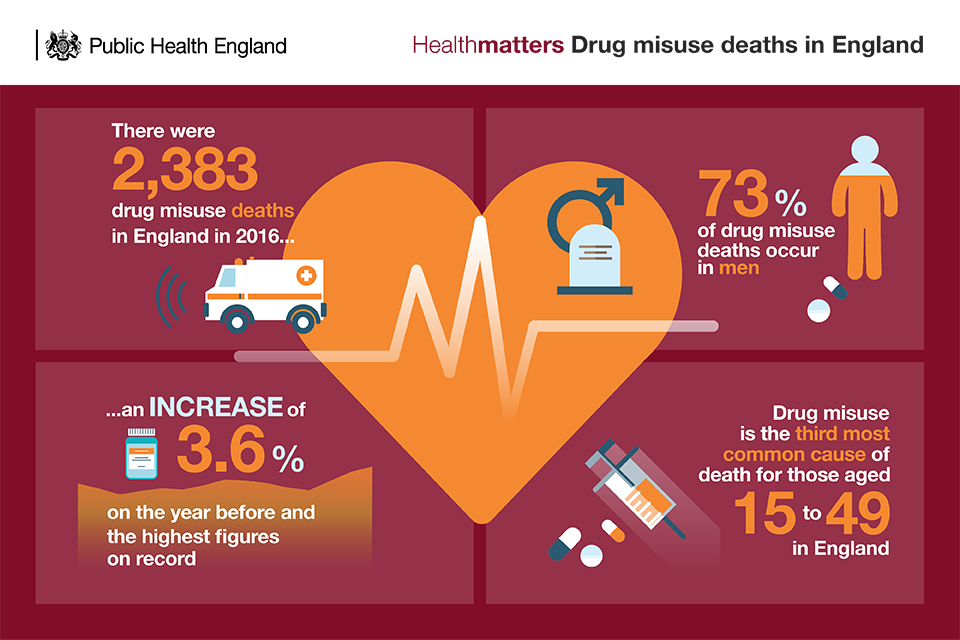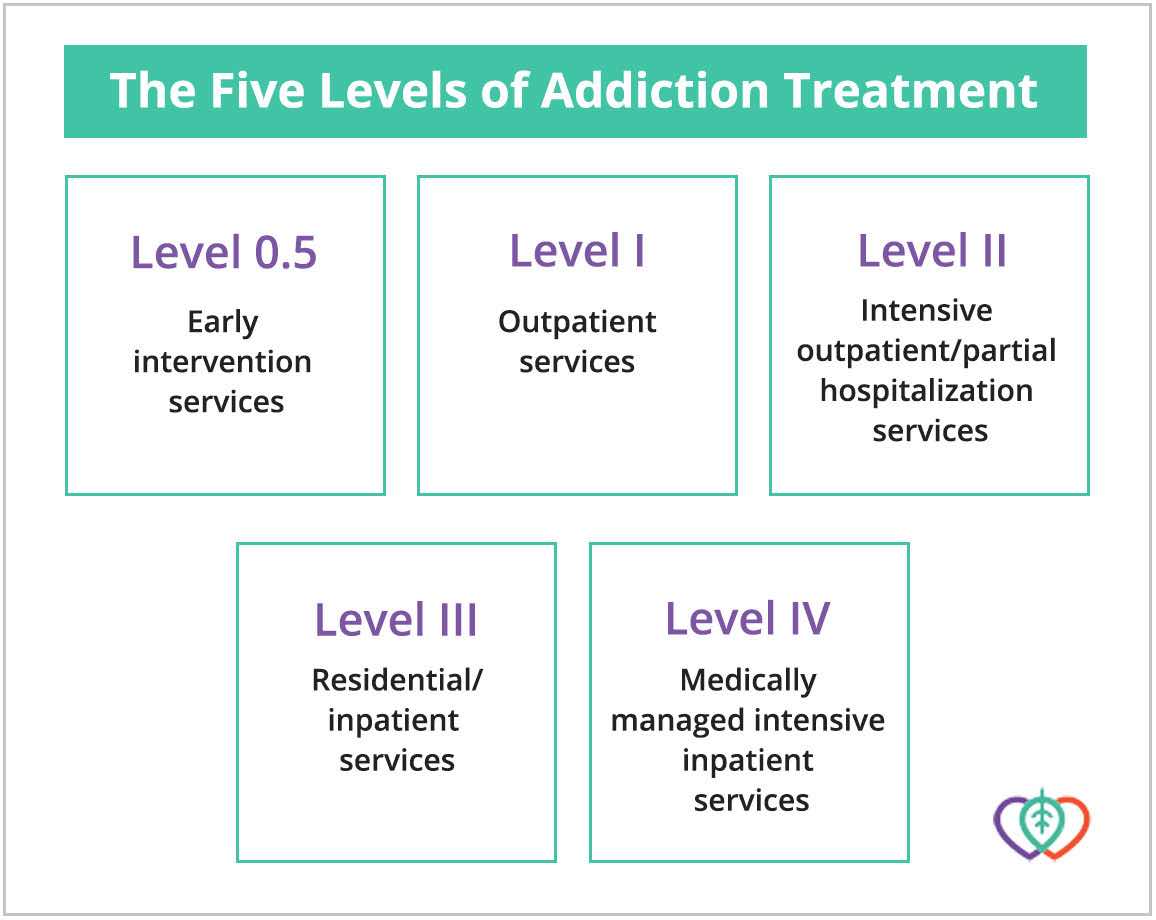Little Known Facts About What Does Opioid Addiction Treatment Consist Of.
Others may need minimal psychological health care but need some type of continued official drug abuse treatment. For individuals with SMI, continued treatment often is warranted; a treatment program can provide these customers with structure and varied services not typically offered from shared self-help groups. Upon leaving a program, clients with COD constantly ought to be motivated to return if they require assistance with either condition.
Regular casual check-ins with customers also can help alleviate possible issues before they become major sufficient to threaten healing. A great continuing care strategy will include steps for when and how to reconnect with services. The strategy and arrangement of these services likewise makes readmission easier for customers with COD who require to come back.
Increasingly, substance abuse programs are carrying out follow-up contact and periodic groups to keep an eye on client development and evaluate the requirement for further service. This section concentrates on 2 existing outpatient designs, ACT and ICM (both from the mental health field) and the obstacles of utilizing them in the drug abuse field.
The Basic Principles Of Do Inmates Who Receive Treatment For Drug Addiction Relapse?
Because service systems are layered and difficult to negotiate, and due to the fact that people with COD need a wide variety of services however typically do not have the knowledge and capability to access them, the utility of case management is recognized commonly for this population. Although ACT and ICM can be considered similar in a number of features (e.
For that reason, each is explained separately below. Established in the 1970s by Stein and Test (Stein and Test 1980; Test 1992) in Madison, Wisconsin, for clients with SMI, the ACT design was developed as an intensive, long-term service for those who were unwilling to take part in standard treatment approaches and who required significant outreach and engagement activities.

1998a ; Stein and Santos 1998). ACT programs normally use intensive outreach activities, active and continued engagement with customers, and a high strength of services. ACT emphasizes shared choice making with the client as vital to the client's engagement process (Mueser et al. 1998). Multidisciplinary teams consisting of specialists in crucial locations of treatment offer a variety of services to clients.
3 Easy Facts About What Is Involuntary Drug Addiction Treatment Described
The ACT team supplies the client with useful support in life management as well as direct treatment, typically within the client's house environment, and remains responsible and readily available 24 hr a Drug Rehab Center day (Test 1992). The group has the capability to magnify services as needed and may make a number of check outs weekly (and even daily) to a client.
Team cohesion and smooth functioning are important to success. The ACT multidisciplinary team has shared obligation for the whole defined caseload of clients and fulfills frequently (preferably, groups satisfy day-to-day) to ensure that all members are fully up-to-date on medical concerns. While staff member might play various roles, all recognize with every client on the caseload.
Examples of ACT interventions consist of Outreach/engagement. To involve and sustain customers in treatment, counselors and administrators need to establish several ways of attracting, engaging, and re-engaging clients. Often the expectations placed on clients are very little to nonexistent, particularly in those programs serving really resistant or hard-to-reach customers. Practical assistance in life management.
Which Medication For Treatment Of Alcohol Addiction Is A Cause Of Liver Disease And Can Be Fatal for Dummies
While the role of a therapist in the ACT method includes standard counseling, in numerous instances considerable time also is invested in life management and behavioral management matters. Close tracking. For some customers, particularly those with SMI, close tracking is required (examples of how to write addiction impact letter for family member in treatment). This can consist of (Drake et al. 1993): Medication guidance and/or managementProtective (agent) payeeshipsUrine drug screens Counseling.
Crisis intervention. This is provided throughout prolonged service hours (24 hr a day, ideally through a system of on-call rotation). 1. Providers supplied in the community, a lot of often in the client's living environment2. Assertive engagement with active outreach3. High intensity of services4. Little caseloads5. Continuous 24-hour responsibility6. Group method (the full team takes obligation for all clients on the caseload) 7.
Close deal with support systems9. Connection of staffingWhen dealing with a client who has COD, the goals of the ACT design are to engage the client in a helping relationship, to assist in conference basic requirements (e. g., housing), to support the customer in the community, and to offer direct and integrated drug abuse treatment and mental health services.
What Is The Most Successful Type Of Addiction Treatment - Questions
The essential components in this advancement have beenThe use of direct substance abuse treatment interventions for customers with COD (often through the addition of a drug abuse treatment counselor on the multidisciplinary group) Adjustments of conventional psychological health interventions, consisting of a strong concentrate on the relationships in between mental health and substance usage concerns (e.
Restorative interventions are customized to meet the customer's present phase of modification and receptivity. When modified as explained above to serve customers with COD, the ACT model can consisting of clients with greater psychological and functional impairments who do not fit well into numerous standard treatment techniques. The attributes of those served by ACT programs for COD consist of those with a compound use condition andSignificant psychological disordersSerious and relentless mental illnessSerious functional impairmentsWho prevented or did not respond well to traditional outpatient psychological health services and drug abuse treatmentCo-occurring homelessnessIn addition to, and possibly as a repercussion of, the characteristics mentioned above, clients targeted for ACT frequently are high utilizers of expensive service delivery systems (emergency clinic and medical facilities) as immediate resources for psychological health and drug abuse services.
The basic agreement of research study to date is that the ACT design for mental illness works in lowering health center recidivism and, less consistently, in improving other client results (Drake et al. how to explain treatment plan for addiction. 1998a ; Wingerson and Ries 1999). Randomized trials comparing clients with COD designated to ACT programs with similar customers assigned to standard case management programs have demonstrated better outcomes for ACT.
The Best Strategy To Use For How Would A Solution Focused Therapist Approach Treatment For Addiction
1998a ; Morse et al. 1997; Wingerson and Ries 1999). It is very important to note that ACT has not worked in reducing substance usage when the substance usage services were brokered to other service providers and not offered directly by the ACT team (Morse et al. 1997). Scientists likewise considered the cost-effectiveness of these interventions, concluding that ACT has much better customer outcomes at no greater cost and is, for that reason, more cost-efficient than brokered case management (Wolff et al.
Other studies of ACT were less constant in showing improvement of ACT over other interventions (e. g., Lehman et al. 1998). In addition, the 1998 study pointed out formerly (Drake et al. 1998b ) did disappoint differential improvement on a number of steps important for developing the effectiveness of SHOW CODthat is, retention in treatment, self-report steps of compound abuse, and stable housing (although both groups improved).
More analyses showed that customers in high-fidelity ACT programs showed higher reductions in alcohol and substance abuse and obtained greater rates of remissions in compound use conditions than customers in low-fidelity programs (McHugo et al. 1999). Nevertheless, ACT is a recommended treatment design for clients with COD, especially those with major psychological conditions, based upon the weight of evidence.

Some Known Details About How Does Society View Drug And Alcohol Addiction Treatment
Use active and continued engagement strategies with customers. Utilize a multidisciplinary team with expertise in compound abuse treatment and mental health. Supply useful support in life management (e. g., real estate), as well as direct treatment. Emphasize shared decisionmaking with the customer. Supply close monitoring (e. g., medication management). Keep the capability to magnify services as needed (including 24-hour on-call, several sees each week).
